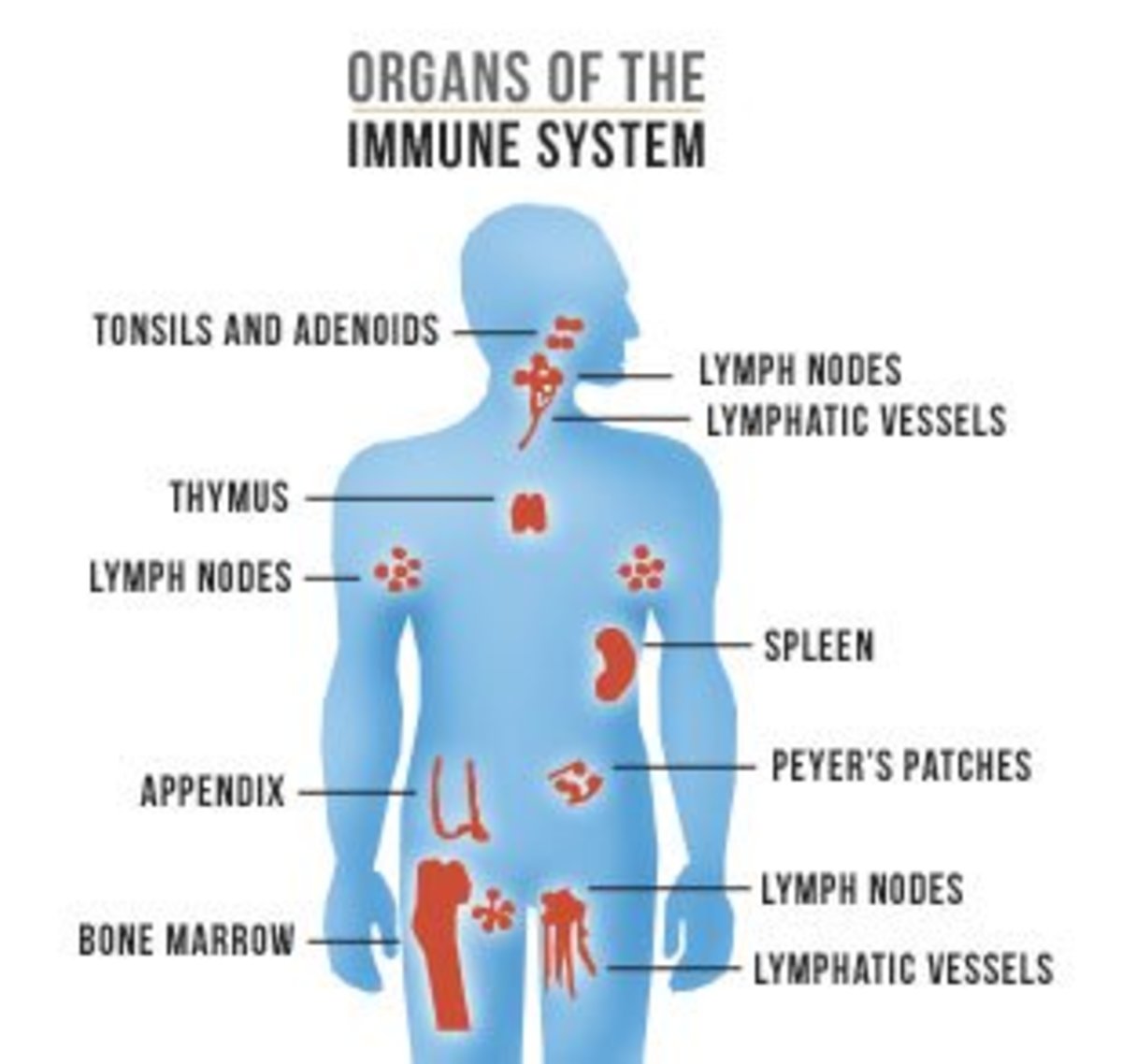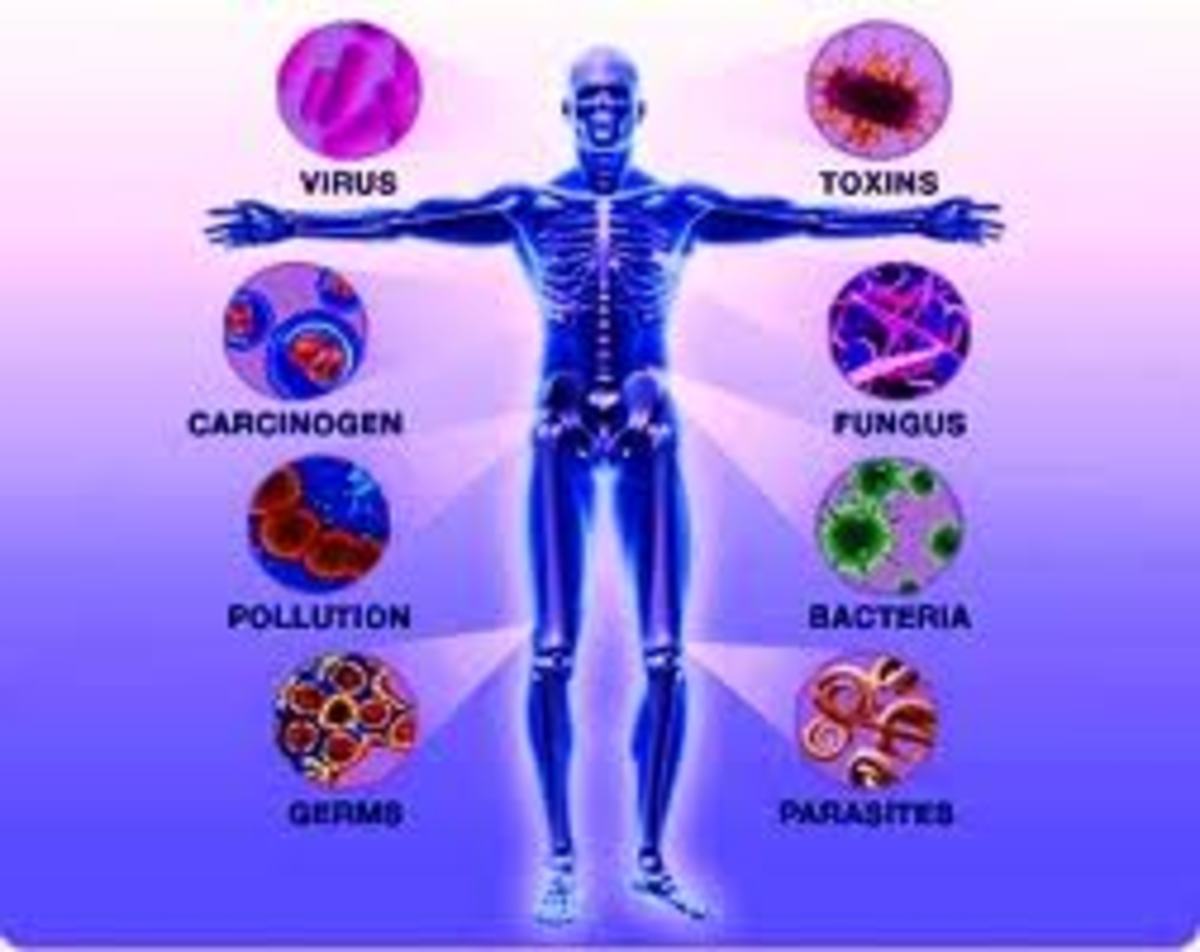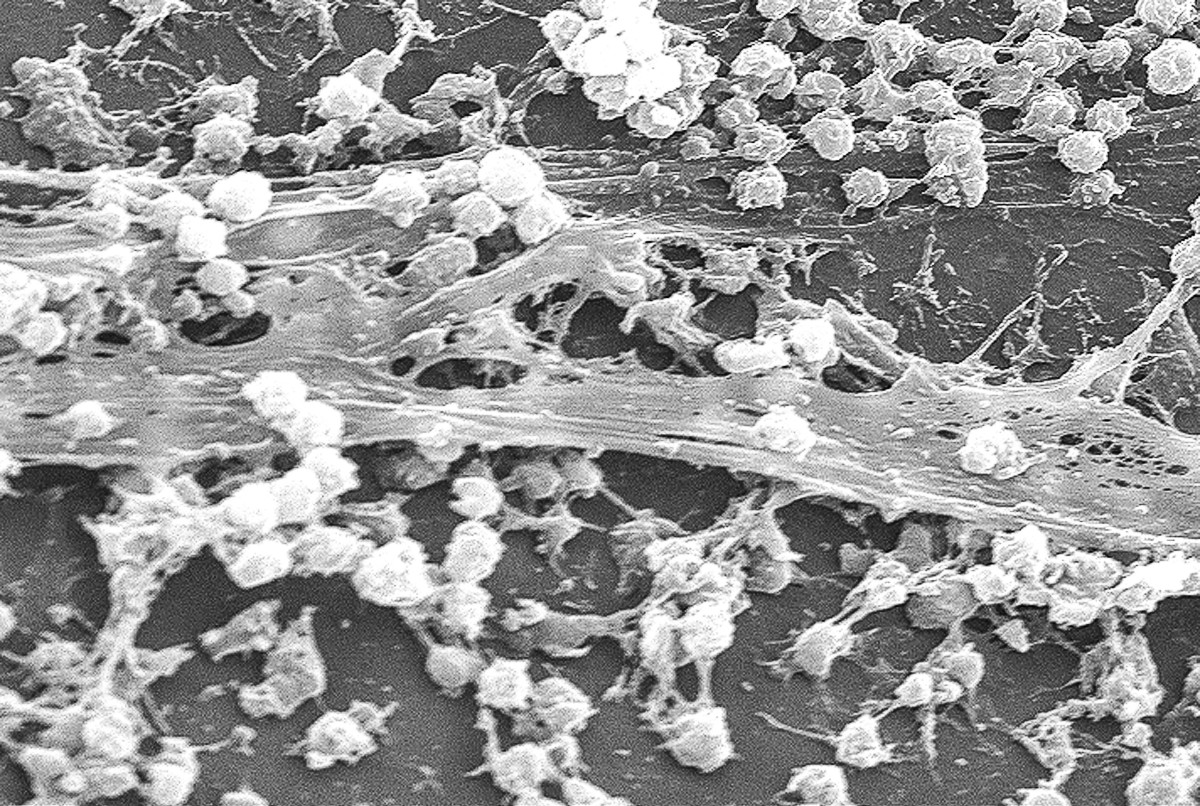Fomites- Potential Carriers of Viruses
What is Virus Fomite Transmission
Overview
Can you imagine, one person has a potential to infect several other people knowingly or unknowingly. Isn't it scary? The entire world is practicing social distancing as a non-medical prevention from infection of SARS-Cov-2 that is an deadly virus. In the upsurge of COVID-19, official organisations such as World Health Organization are suggesting people to stay at home, stay quarantined and isolated. To understand it better, it becomes necessary to know about the transmission of the pathogen through inanimate objects and about communicable diseases.
What are Communicable Diseases?
Communicable diseases can spread from one individual to another. They are also called "contagious diseases" or "infectious diseases".
Generally, each disease has some unique symptoms, but some common signs and symptoms of communicable diseases are fever, cough, diarrhea and general malaise or fatigue.
Communicable diseases spread by various means such as aerosol particles and respiratory droplets and fomites, such as, contaminated food and water. Animals and insects can also act as carriers of transmission. Transmission is physical transfer of the pathogen from patients to susceptible people even who are healthy.
The common diseases that get transmitted by fomites are related to respiratory and gastrointestinal systems. These can also include sexually transmitted diseases generally termed as “STDs”.
The common viruses that often get carried by fomites are rhinovirus, influenza, coronaviruses, adenovirus, among others.
Fomite; A Significant Carrier of Viruses
Viruses need hosts to survive and replicate. They reach to the hosts directly or indirectly. Some animate as well as inanimate objects act as vehicles to carry these viruses to the hosts.
Fomites are surfaces or objects that are exposed and infected with any infectious pathogen. Fomites are categorized as carriers of infection from any type of items or things that are used for daily activities of living and they come under indirect means of transmission.
Most common fomites are basic hospitals equipment, such as, syringes, gloves and masks, stethoscopes etc. These cause hospital-acquired infections. Other objects that can be potential fomites are clothes, door knobs, handles, utensils, elevators, switchboards, stationery items, milk packets, vegetables, fruits and even refreshment packets that are donated by government to needy people. Surfaces of public transportation and lavatories can infect so many people and this could be at an alarming rate. We can consider it as a good reason for banning all the public transportation in any pandemic region.
A Contagious Journey of a Virus via Fomites
The journey of a pathogen starts from an infected person who sneezes or coughs openly, or touches any object with bare hands. In this process, the person leaves the virus pathogen on the surfaces he/she touches or comes in contact with, and releases the virus into the immediate environment.
The pathogen remains viable for hours and may be for days on the surfaces touched by the infected person. The surfaces that are contaminated in this way are called fomites, which are potential carriers of virus and act as vehicles for the disease to healthy individuals.
When a healthy person touches the fomite surface, he/she has chances to get infected.
What Makes Fomites More Risky?
Many factors are involved where the virus transmits infectious agents and intensifies the infection. Some of them are mentioned below:
-
Nature of surface: Whether the surface is porous or non-porous. Various researches have shown that porous surfaces trap the pathogens, and make their passage hard. On the other hand, non-porous surfaces are capable to transmit the agents just with a touch.
-
Environmental conditions: Temperature and humidity may increase or decrease further growth of the virus. Low temperature and humid conditions are favorable for bacterial growth. Although it is not true in the case of virus because a viral cell needs a living cell or host to replicate further.
-
Strain of pathogenic bacteria or virus: Some pathogenic strains are more harmful and may even cause fatal and non-treatable infections.
-
The number of pathogens that can infect a person: A certain number of pathogens is required to exhibit its effect. Fortunately, we have a strong immune system to combat with any foreign particle. If the number is less, our body can defend itself from pathogen without getting infected.
-
Health status: The immunity level of an individual also affects the chances of acquiring infection. The person with poor immunity or a person with a disease is prone to infection. Also, children below 8 years of age and elderly people are at a greater risk of acquiring infections than adults.
What Measures Should Be Taken?
-
The transmission can be reduced by washing hands with a good alcohol-based sanitizer or with soap several times during the day.
-
Washing your hands first when you return from outside and before touching food items is a universal measure to prevent infection.
-
Cleaning of the surfaces with disinfectants will also help in reducing the chances of transmission of infections.
-
Covering your mouth while coughing and sneezing with a disposable tissue is advisable. Sanitizing or washing reusable clothes each time you come out from outside in pandemic-hit area is important.
-
In case of any pandemic situation, we should take more serious steps to prevent ourselves and our surroundings from infection.
-
Wearing masks and gloves is mandatory when you are in direct contact with an infected person.
-
Sharing of personal items, such as, clothes and towels with other members should be avoided.
-
In case if you have any signs or symptoms of the virus then informing government health authorities through the prescribed helpline number is the right way to avoid further spread of infection.
-
If you have some sick neighbours you should avoid direct contact with them as much as possible. So you should practice physical and not emotional distancing.
In a nutshell, “prevention” is the best cure to keep yourself healthy and prevent infections. Coronavirus pandemic is on its peak in the entire world. Thousands of casualties and millions of active cases make it more serious. In this situation, it is better to stay at home.
This content is accurate and true to the best of the author’s knowledge and is not meant to substitute for formal and individualized advice from a qualified professional.








